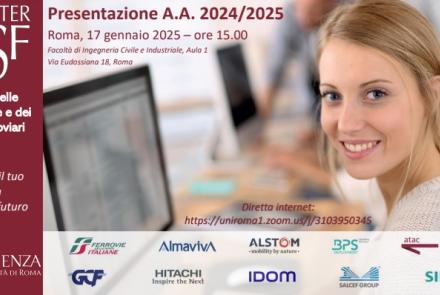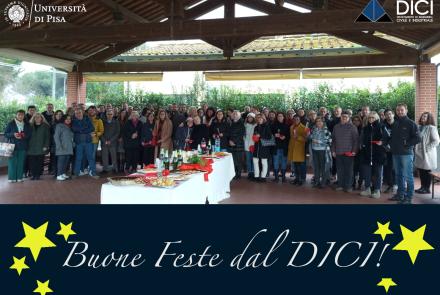Monday 29 and Tuesday 30 April 2024 starting at 9:30 am
Aula “Piero Villaggio”, Section of Structural Engineering, Department of Civil and Industrial Engineering.
Estimation of Building Materials Moisture using Electric Techniques
Abstract
Moisture in buildings is a serious operational problem affecting the functioning of buildings. Water present in building partitions has a negative impact on their strength and thermal parameters, contributing to an increase in the thermal conductivity coefficient, and thus reduces energy characteristics. Water is also the cause of microbiological corrosion caused by mold fungi, the presence of which reduces the quality of indoor air and contributes to the Sick Building Syndrome.
Buildings affected by dampness should be dried. In order to select the appropriate drying technique, the degree of dampness in the walls, the type of water in the walls and the cause of this phenomenon should be assessed. That is why moisture detection methods play such an important role. We divide them into direct and indirect methods. The first of them include the gravimetric method, which involves measuring the drying of the sample and measuring its mass, but it is an invasive and time-consuming method. The second group of methods are indirect methods, among which electrical methods play an important role. The simplest of them is the resistive method, in which the resistance to conducting electricity through the wall is measured. The more advanced methods include dielectric methods, including capacitive, reflectometric and microwave methods.
These methods allow for non-invasive measurements, i.e. electrical permittivity, which is correlated with humidity, does not require drilling. These methods are constantly being developed. In my presentation, I will discuss my own concept of Time Domain Reflectometry sensors and microwave antennas, the method of their calibration and signal interpretation, also enriched with analysis using machine learning methods.
BIO
Zbigniew Suchorab graduated master's studies at the Lublin University of Technology in 2001 year. In 2006 year he obtained a Ph.D. degree and in 2017 D.Sc. degree (habilitation) in the discipline of environmental engineering, mining and energy. He works at the Lublin University of Technology as a university professor. Professionally, he deals with moisture measurements in porous media using indirect methods. The second area of scientific activity are the issues related to the measurement of environmental parameters of buildings using multi-sensor devices called electronic noses. He is the co-author of over 100 scientific publications, including 8 monographs and 7 patents. His H-index equals to 15 (Web of Science).
Evaluation of Thermal Conductivity of Building Materials
Abstract
The topic of thermal conductivity evaluation in building materials encompasses the study of how effectively different materials can conduct heat, which is a vital aspect in the design and construction of energy-efficient buildings. This field of research seeks to understand the thermal properties of various construction materials to minimize energy loss and improve indoor climate control efficiency. Traditional materials such as brick, concrete, and wood are commonly used in construction, each possessing unique thermal properties that affect a building's insulation capabilities and energy usage. Advanced materials, including aerogels and phase change materials, are explored for their superior insulation properties and their potential to significantly enhance thermal efficiency.
The evaluation process typically involves both experimental measurement and theoretical modeling. Techniques like steady-state and transient thermal analysis help in quantifying the thermal conductivity under various environmental conditions. Such assessments are crucial for developing building codes and standards that promote sustainability and energy conservation in the construction industry. By optimizing the materials used in buildings, architects and engineers can significantly reduce the ecological footprint of new structures while also offering economic benefits through reduced energy costs.
Bio
Małgorzata Szafraniec is doctoral student at Doctoral School at the Lublin University of Technology (LUT) and teaching and research assistant at the LUT. Her academic path began at UMSC in Lublin, where she earned a master's degree in mathematics in 2011. She then developed her skills in civil engineering at LUT, earning a master's degree in engineering in 2014. Her invention for producing nanocellulose from wastepaper won a gold medal at the INTARG Fair in Katowice in 2023 and received a patent numbered P.438121. Mgr inż. Szafraniec (h-index: 6) has published from 2018 over 20 papers on the subject of concrete, nanocellulose, nanopolymers, hydrophobization and cement composites. Mgr inż. Szafraniec's work also implements Machine Learning and artificial intelligence tools for deep analysis of results. Over the years of her activity, Szafraniec has participated in many international conferences and seminars, presenting her research. She has participated in research internships, including at the University of Iceland, the University of Maine in the US and the Czech Technical University in Prague. Ms. Szafraniec also has extensive experience in the construction sector and also holds a construction license to direct construction work without limitations in the construction and civil engineering specialty.






